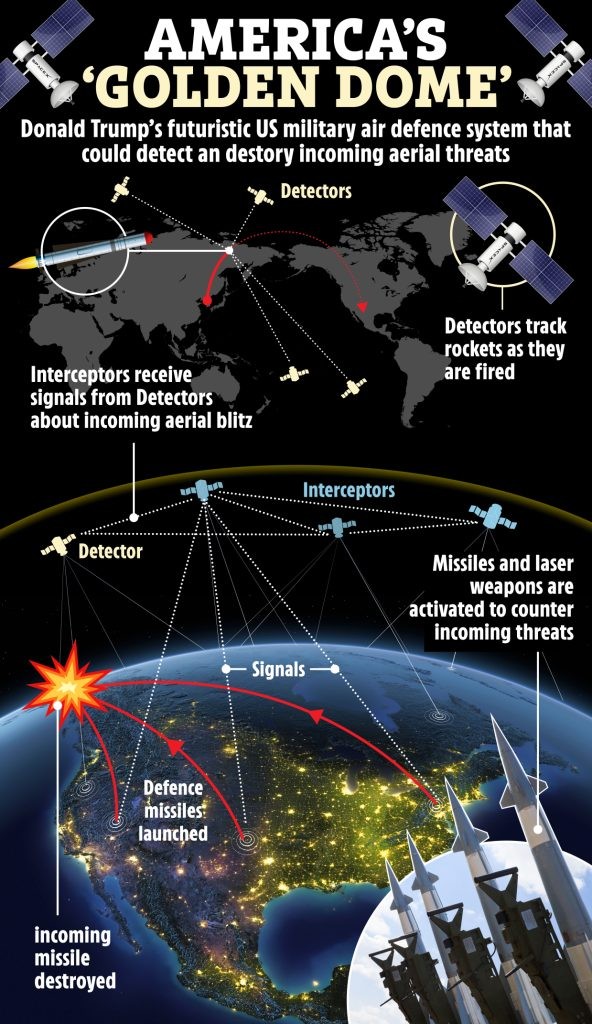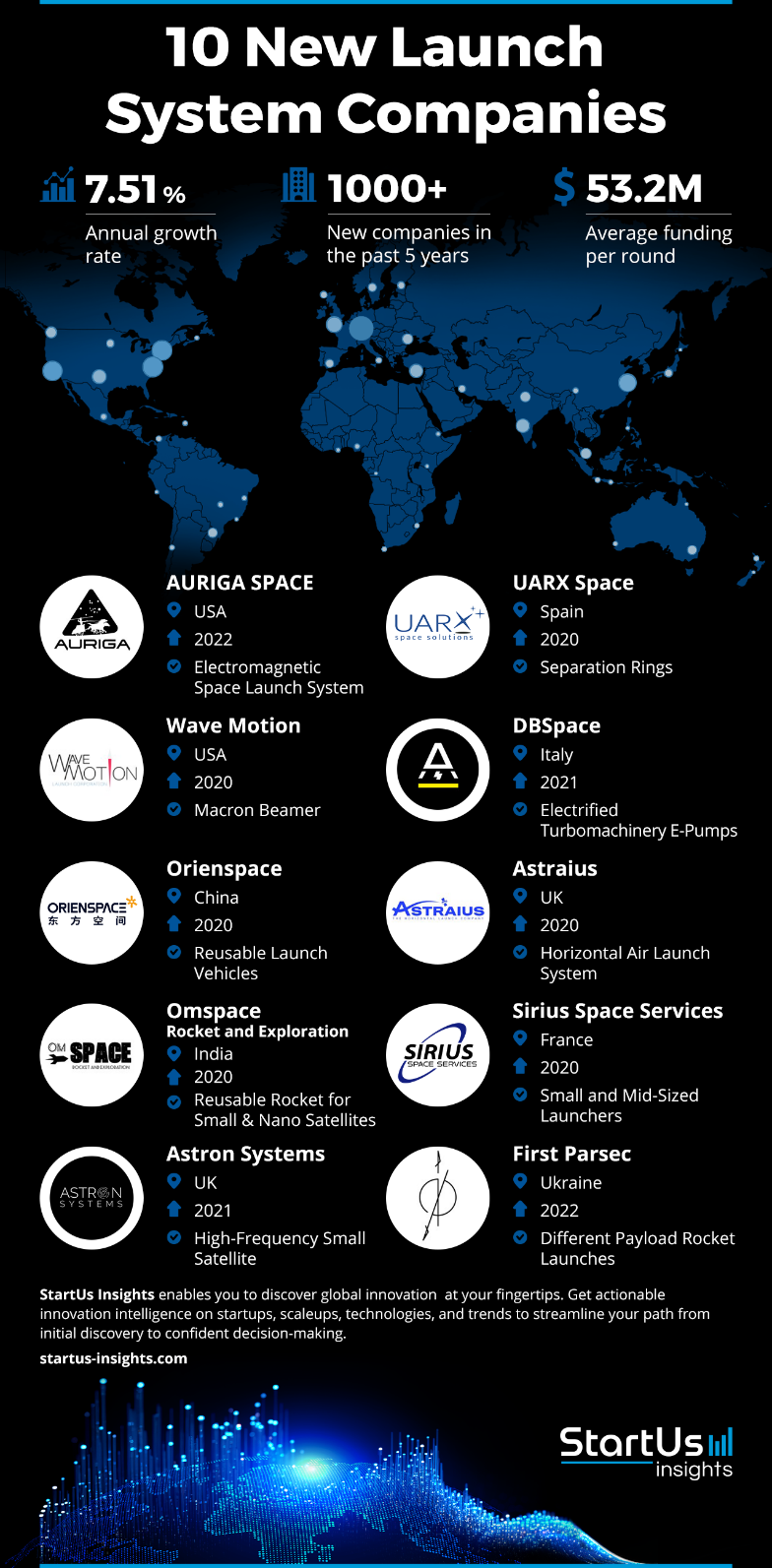You may have heard the desire of President Donald Trump to build a Golden Dome.

The illustration above gives you a good idea of how it works. Part of the key is having a variety of satellite networks in space that are monitoring any significant threats that are deployed toward the US.
Some of those satellites are armed with lasers to intercept missiles as they reach their peak altitudes, but that information is also sent to ground-based missiles systems as well.
This is a massively complex system that couldn’t be imagined, much less realized without the use of artificial intelligence (AI) and space-based systems, and Golden Dome is just the marquee project that’s being talked about.
China has already built its own space station, and everyone is racing to get humans back on the moon to build bases.
The end products are sexy, but getting those end products established outside Earth’s atmosphere is expensive, time-consuming, and incredibly complex.
Launch companies, like SpaceX, Blue Origin, L3Harris (NYSE: LHX), Firefly (NASDAQ: FLY) and Rocket Lab (NASDAQ: RKLB), are becoming industry names. Europe’s Ariane system is ramping up flights, and China is even starting to see private companies join in their space programs.

There are also scores of companies that specialize in all the systems that go on the satellites as well. Redwire (NYSE: RDW), Northrop Grumman (NYSE: NOC), General Dynamics (NYSE: GD), Boeing (NYSE: BA) and many others are involved in this crucial sector.
All these nations are also changing the way they acquire and develop new technologies, which is a great boost for small tech companies wanting to get into this accelerating sector.
Underpinning all this, of course, is the communications and computing that has to take place for all this work and that’s coming from leading chipmakers, as well as secure communications firms, like LHX, NOC, and others.

